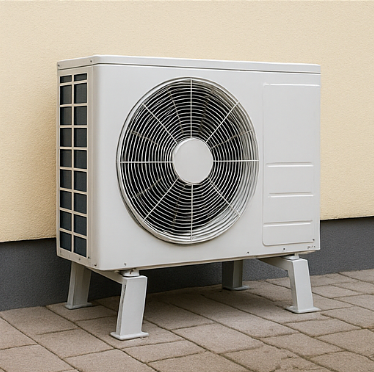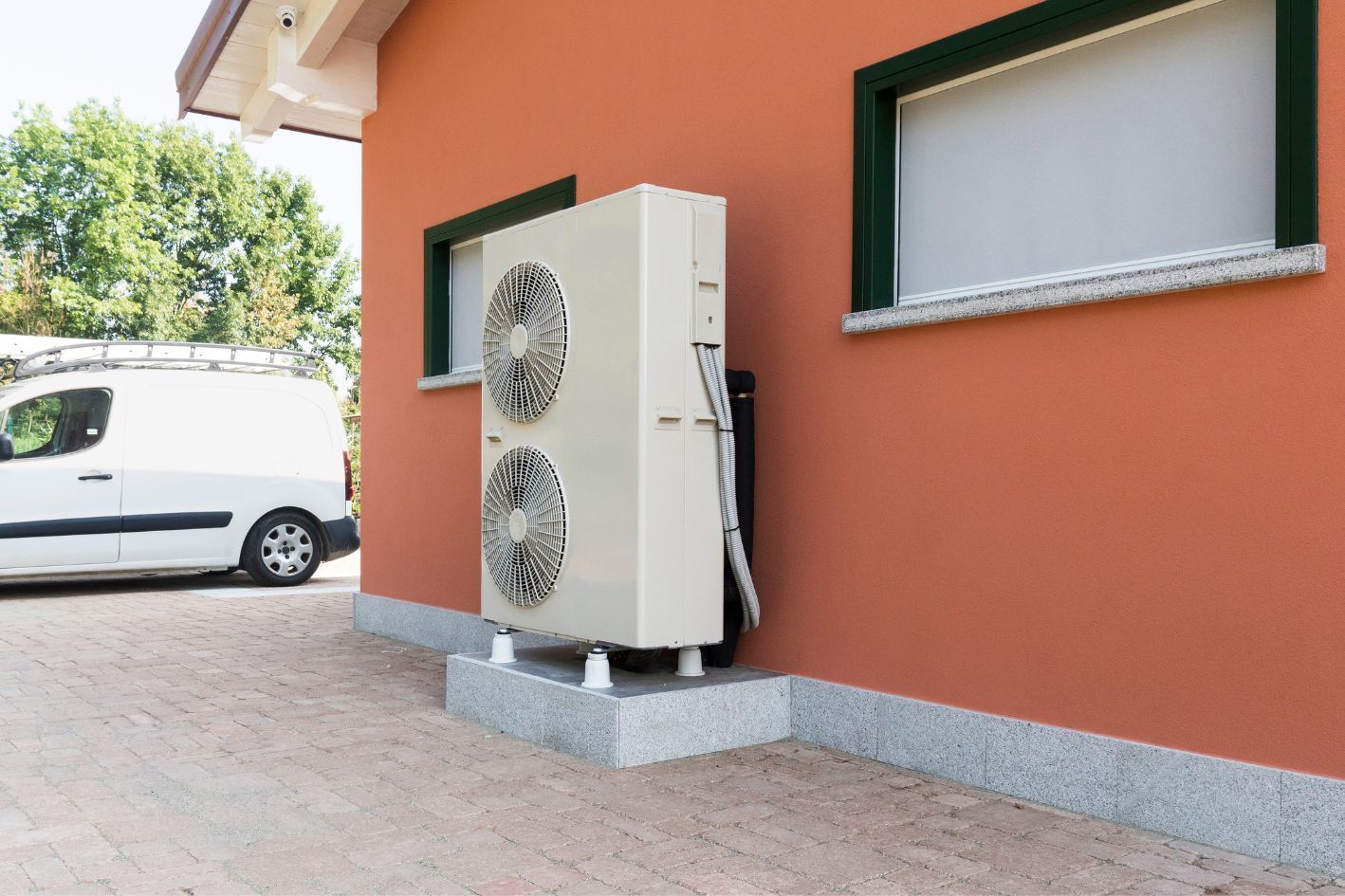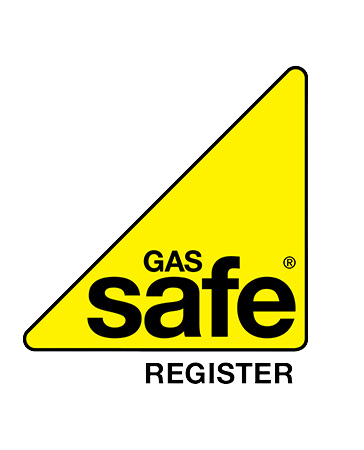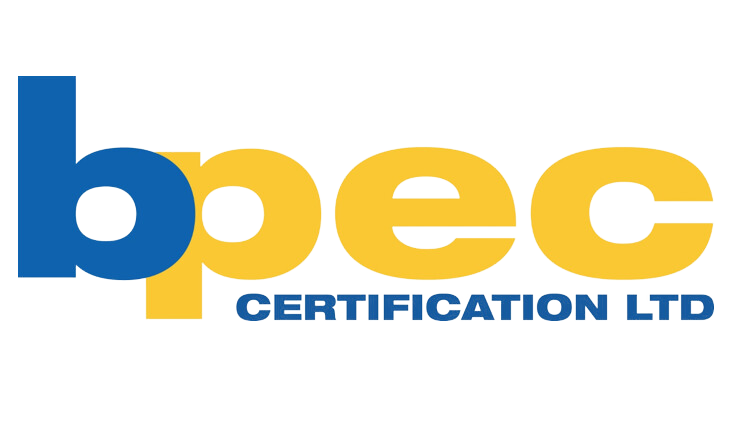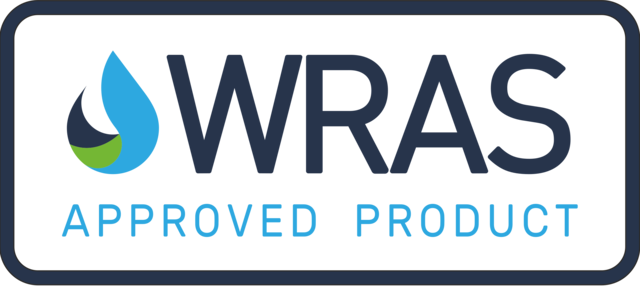Navigating Air Source Heat Pump Installation: Overcoming Common Hurdles
Air source heat pumps are becoming increasingly popular as an energy-efficient heating solution. However, the installation process can present several challenges. Understanding how to address these obstacles can distinguish between a smooth setup and a frustrating experience. Let's explore some common issues installers face and discuss practical strategies to overcome them.
Selecting the Right Location
One of the primary challenges in air source heat pump installation is finding the optimal location for the outdoor unit. The unit needs adequate airflow and space but should also be positioned to minimise noise disturbance and maintain aesthetic appeal. To overcome this, conduct a thorough site survey before installation. Consider factors such as proximity to neighbours, local noise regulations, and the unit's impact on landscaping. Sometimes, using acoustic barriers or strategic placement behind existing structures can help mitigate noise concerns.
Dealing with Cold Climate Limitations
Air-source heat pumps may struggle to maintain efficiency in regions with harsh winters. To address this, opt for models specifically designed for cold climates. These units often feature enhanced defrosting capabilities and can operate efficiently at lower temperatures. Additionally, consider supplementary heating methods for extremely cold days to ensure consistent comfort.
Managing Refrigerant Line Length
The distance between the indoor and outdoor units can pose a challenge, as longer refrigerant lines can impact system efficiency. Work closely with the manufacturer's guidelines for maximum line lengths to overcome this. If necessary, consider repositioning the indoor unit or using line-hide systems to create a more direct route for the refrigerant lines.
Ensuring Proper Sizing
Incorrect sizing is a common pitfall that can lead to inefficiency and increased system wear. A detailed heat load calculation for the space must be performed to avoid this. Factors such as insulation levels, window sizes, and local climate data must be taken into account. Resist the temptation to oversize the unit, as this can lead to short cycling and reduced efficiency.
Navigating Building Regulations
Compliance with local building codes and regulations can be complex. To stay ahead of this challenge, thoroughly research local requirements before beginning the installation. Engage with local authorities early to ensure all necessary permits are obtained. This proactive approach can save time and prevent costly adjustments later.
By anticipating these common challenges and implementing thoughtful solutions, air source heat pump installations can proceed more smoothly. With careful planning and expertise, these potential hurdles can be transformed into opportunities for delivering superior heating solutions to clients.



